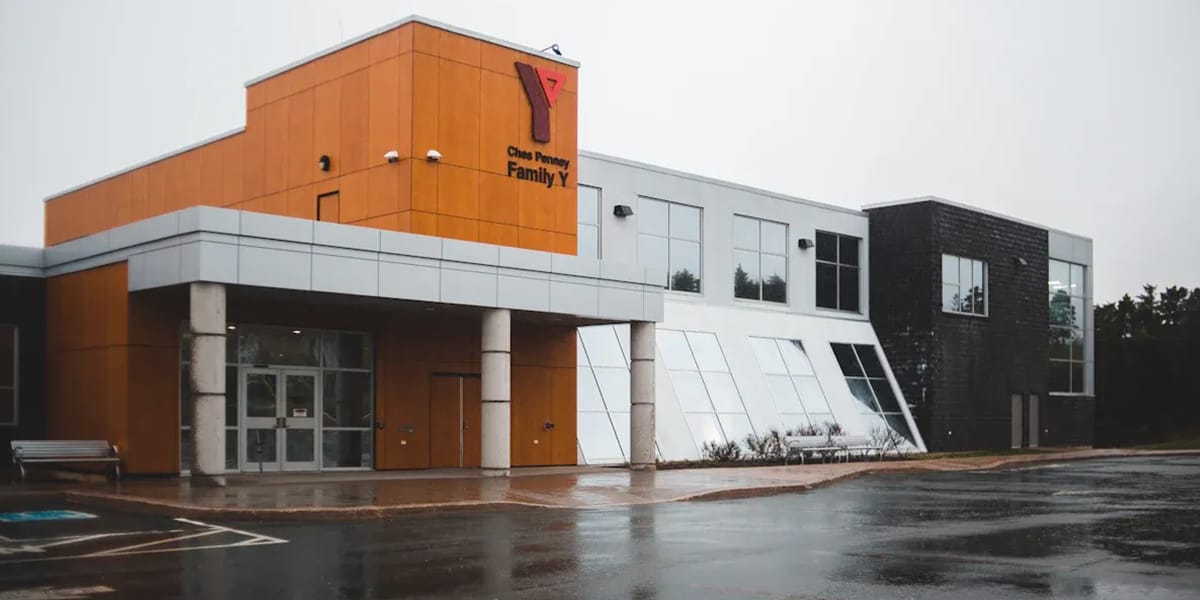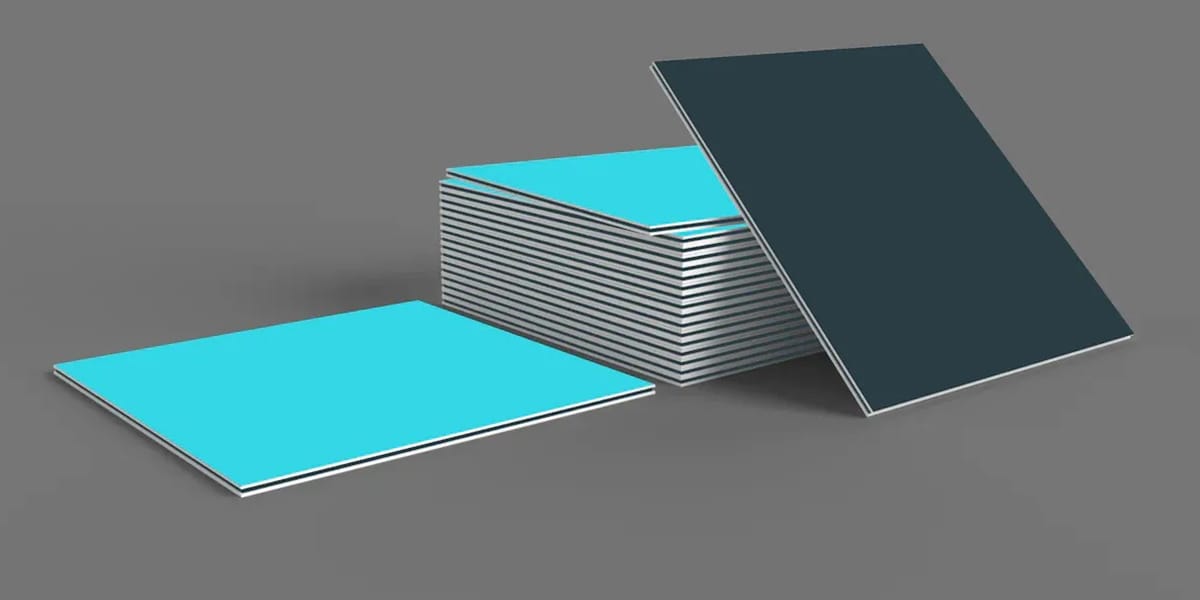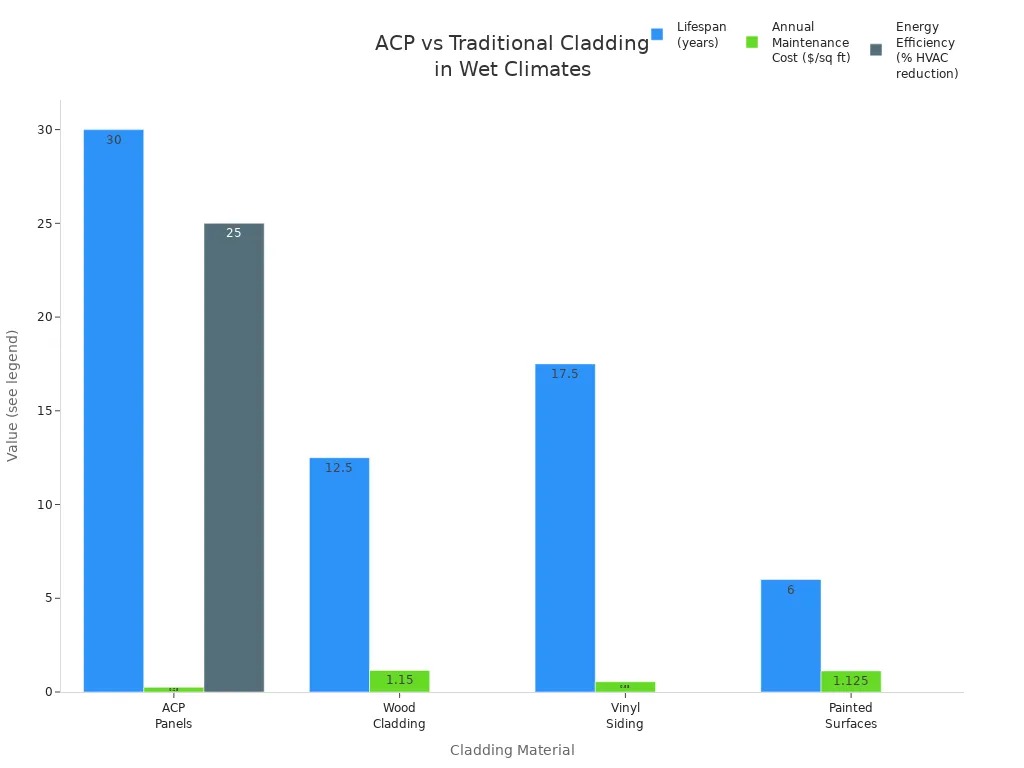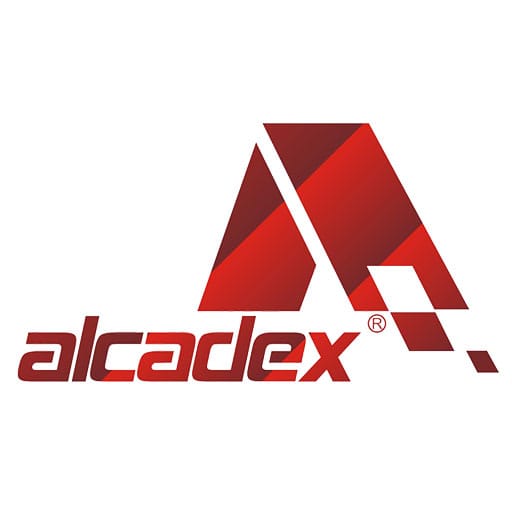
25 Aug Why ACP Panels Are a Smart Choice for Wet Climates
Table of Contents
You need strong protection for your building in wet weather. ACP panels are a smart choice for these conditions. Many builders worry about water getting inside, dampness, and mold.
Damp air and water drops can make mold and rot, especially in wood.
Water problems can cause health issues and cost a lot to fix.
ACP panels give you a barrier that keeps out water in wet weather. If you install them right and take care of them, your building will last longer.
Key Takeaways
ACP panels help keep buildings dry. They block water and moisture with strong aluminum layers and special coatings that resist water.
Coatings like PVDF protect the panels from sun, salt, and rust. This helps them last a long time, even near the ocean or in wet places.
It is important to install the panels the right way. Sealed joints and edges stop water leaks and keep mold from growing inside walls.
ACP panels are easy to clean. You only need to wash them gently once or twice a year. They do not need many repairs, so you save time and money for many years.
These panels last more than 30 years. They help lower energy bills and are good for the environment.
How ACP Panels Work

Structure
You can trust the structure of ACP panels to protect your building from wet weather. These panels have a smart design that keeps water out and adds strength.
Each panel has two outer sheets made of aluminum.
The core between these sheets is usually polyethylene or a fire-resistant mineral.
The polyethylene core does not soak up water. This helps stop water from getting inside.
The aluminum layers give the panel strength and keep it rigid.
The outer layers have special coatings that repel water and block moisture.
When you install the panels the right way, with sealed joints and edges, you stop water from sneaking through gaps.
The water absorption rate is very low, about 0.01% by volume. This makes the panels a great choice for wet places.
Tip: Always check that the panels are installed with the correct slope and sealed edges. This keeps your building dry and safe.
Coatings
The coatings on ACP panels play a big role in fighting humidity and weather damage. Manufacturers use a process called Coil Coating Line. This process adds several layers to the aluminum sheets. First, the sheets get a chemical treatment. Then, they receive a primer, a topcoat, and a final curing. Each layer sticks well to the surface and makes the panel stronger against water and corrosion.
High-quality panels use PVDF-based fluorocarbon paint. This coating stands up to harsh weather and keeps its color for many years. You will not see fading, peeling, or chalking for a long time. The PVDF and polyester coatings also protect against UV rays, salt, and moisture. These features make the panels last longer, even in very wet or coastal areas.
ACP Panels in Wet Climates
Moisture Resistance
Buildings in wet places need strong materials. ACP panels are good at stopping moisture. The surface of each panel does not let water in. Water cannot soak through or make the panels swell. Even when the air is damp, the panels stay the same. The aluminum sheets have a layer that blocks water. The core is made of polyethylene, which also keeps water out. Good panels take in less than 0.1% water after a whole day in water. This low amount helps the panels stay strong and keep their shape.
Tip: Make sure installers seal all joints and edges. This stops water from getting inside.
Corrosion Protection
Wet and coastal places can make metal rust. ACP panels do not have this problem. The aluminum in the panels does not rust, even near the ocean. Special coatings like PVDF and marine powder coatings give more protection. These coatings stop salt and air from hurting the panels. The panels do not get spots, bubbles, or peel. The color stays bright for a long time, even in strong sun.
Marine aluminum alloys are good for coastal places.
Powder and fluoropolymer coatings help the panels last.
How you put the panels up is important too. Installers use sealants and fixings that resist sun and salt. This keeps the panels tight and stops water from going behind them.
Mold Prevention
Mold grows when water gets stuck in walls. ACP panels help stop this from happening. Their surface keeps water out. The aluminum makes a shield that blocks rust and water. This means mold and mildew cannot grow inside the walls. Builders pick these panels for wet places to stop mold damage.
You can also use ceiling panels and coatings that fight mold for more safety. Building rules say to use these materials to keep your space dry and healthy.
Note: Good installation is very important. Make sure all joints are sealed and panels are straight. This keeps water out and helps the panels last.
Benefits in Wet Climates
Weather Durability
You want your building to stand strong through rain, wind, and changing temperatures. ACP panels give you this strength. Their non-porous surface keeps water out, so you do not have to worry about swelling or warping. The aluminum layers resist rust, even when the air stays damp for weeks. Special coatings protect the panels from pollution and high temperatures. You will notice that these panels keep their shape and color, even after years of harsh weather.
The flexible core prevents bending and cracking.
You only need to clean the panels once or twice a year.
Repairs are rare, so you save time and money.
Tip: Choose ACP panels if you want fewer repairs and less cleaning in wet climates.
UV and Salt Resistance
Sun and salt can damage many building materials, but ACP panels stand up to both. Tests show that PVDF-coated panels keep their color and shine after long exposure to sunlight. Salt spray tests prove that these panels do not rust or blister, even near the ocean.
Test Type | What It Shows | Result for ACP Panels |
|---|---|---|
UV Aging Test | Color and gloss retention | Maintains color and gloss after years |
Salt Spray (ASTM B117) | Corrosion resistance | No rust or blistering |
Accelerated Aging | Gloss retention |

You can trust these panels to look good and last, even in places with strong sun and salty air.
Long-Term Value
When you choose ACP panels, you get more than just weather protection. You also save money over time. These panels last over 30 years, much longer than wood or painted surfaces. You spend less on cleaning and repairs. The panels also help keep your building cool, which can lower your energy bills.
Lifespan: Over 30 years
Low annual maintenance cost: $0.15-$0.35 per square foot
Energy savings: Up to 30% less HVAC use
Note: ACP panels are recyclable and support green building practices. You help the environment while saving money.
Maintenance and Safety
Cleaning
You should clean ACP panels often to keep them looking nice. The surface is smooth and does not let dirt or water stick much. Use a soft cloth or sponge with gentle soap and water. Do not use strong chemicals or rough tools. These can hurt the coating. Most places need cleaning once or twice a year. If your building is in a busy city, clean every few months. After storms or heavy rain, look for dirt or salt. Clean the panels if you see buildup.
Environment / Location | Recommended Cleaning Frequency |
|---|---|
Urban / Polluted Areas | |
Clean / Low Pollution Areas | Every 1 to 2 years |
After Extreme Weather Events | As needed |
Tip: Rinse the panels well after cleaning. This stops streaks and water spots.
Lifespan
ACP panels last a long time if you take care of them. The aluminum does not rust. The core does not soak up water. You do not need to paint or polish them often. Clean them and fix problems quickly. This helps them keep their color and strength. Fire-retardant cores make the panels safer. Some panels can stand fire for up to three hours. They only give off safe smoke. This makes ACP panels good for homes, schools, and offices.
ACP Panels Maintenance
Follow these easy steps to keep your panels working well:
Check panels every six months for cracks or loose edges.
Fix damage fast so water cannot get inside.
Use the right finish, like PVDF or anodized, for your weather.
Note: Good installation and the right finish are very important in wet places. Most problems happen from wrong materials or finishes. Always match your panels and coatings to your climate. This helps them last longer.
You can trust these panels to protect your building from water and humidity. They keep moisture out and stay strong for many years. Cleaning is easy, and repairs are rare. Most manufacturers offer a 20-year warranty on the coating and a 5-year warranty on installation parts. For best results, always choose skilled installers and the right finish. If you have special climate needs, talk to a building expert.
FAQ
How do ACP panels stop water from getting inside my building?
You get strong protection because ACP panels have sealed joints and water-resistant coatings. The panels do not absorb water. You keep your walls dry if you check and maintain the seals.
Tip: Always inspect the edges and joints after heavy rain.
Can ACP panels handle salty air near the ocean?
Yes, you can use ACP panels in coastal areas. The special coatings protect the aluminum from salt and moisture. You will not see rust or corrosion if you choose marine-grade finishes.
Do ACP panels help prevent mold growth?
You avoid mold because ACP panels block water and humidity. The smooth surface does not let moisture stay. Mold cannot grow if you keep the panels clean and dry.
Clean panels regularly.
Check for leaks or gaps.
How long do ACP panels last in wet climates?
You can expect ACP panels to last over 30 years. The panels resist water, sun, and salt. You only need simple cleaning and quick repairs to keep them strong.
Note: Most manufacturers offer long warranties for extra peace of mind.


